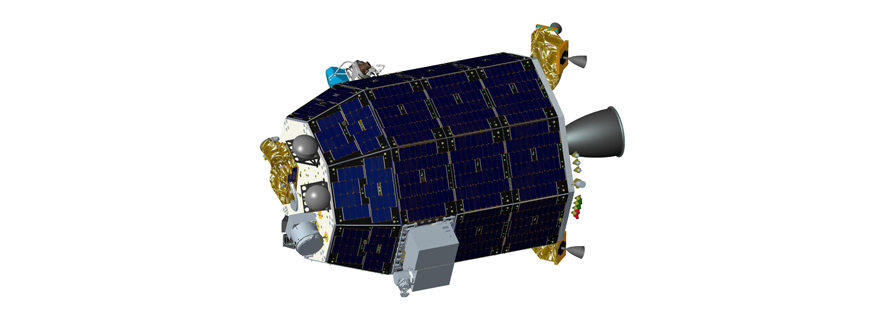NASA missions in the coming years
LADEE (September 2013)
Lunar Atmosphere and Dust Environment Explorer: 160-day unmanned mission, during which will be investigated in detail the surface of the moon from its orbit. This will help scientists better analyze the surfaces of other planets.

MAVEN (end of 2013)
Mars Atmosphere and Volatile EvolutioN: the first mission to explore the upper atmosphere of Mars. The purpose of the mission is to study climate change on the planet, in particular, to understand how the planet lost most of its atmosphere.
')

MMS (2014)
Magnetospheric Multiscale Mission: The project aims to study the Earth's magnetosphere by studying magnetic reconnection , which plays an important role in the appearance of solar flares and terrestrial auroras.

New Horizons (2015)
Space station, launched in 2006, to study Pluto and its natural satellite, Charon. Having flown past Pluto, the device will examine one of the Kuiper belt objects .

Juno (end of 2016)
The space station launched in 2011 for the study of Jupiter: the study of the magnetic field of the planet and test the hypothesis of the presence of Jupiter's solid core.

InSight (2016)
Research project to study the structure and composition of the surface of Mars. During the mission on the planet will land a probe that drills the ground and take samples.

TESS (2017)
Transiting Exoplanet Survey Satellite: a space telescope being developed by MIT to study transit exoplanets around bright stars. During the operation of the satellite, equipped with six wide-angle telescopes, it is planned to detect from 1 to 10 thousand exoplanets. At the initial stage of development, the project was funded by Google.

Solar Probe Plus (2018)
One of the most expensive NASA projects worth $ 750 million. A spacecraft made of special heat-resistant materials must study the surface of the Sun in close proximity - at a distance of less than ten internal radii.

James Webb Telescope (2018)
Infrared Observatory in Earth orbit, which will replace the Hubble Space Telescope. It will be located at the Lagrange point L 2 of the Sun-Earth system.

OSIRIS-Rex (2018)
Origins Spectral Interpretation Resource Identification Security Regolith Explorer: a project to deliver soil samples from the asteroid 1999 RQ36 . The spacecraft will reach the asteroid in 2019 and return to Earth in 2023.

Mars Rover (2020)
The next rover from NASA, which is supposed to land on Mars, collect samples and then return to Earth.
Manned flight to asteroid (2025)
In 2010, Barack Obama presented plans for a controlled flight to an asteroid. Using data from the OSIRIS-Rex project, NASA plans to begin this mission by 2021.
Manned flight to Mars (2030)
Ten years after the landing of the new rover in 2020, NASA plans to send people to Mars.
Infographics on this topic from Mashable (on click - the full version):

Source: https://habr.com/ru/post/188210/
All Articles